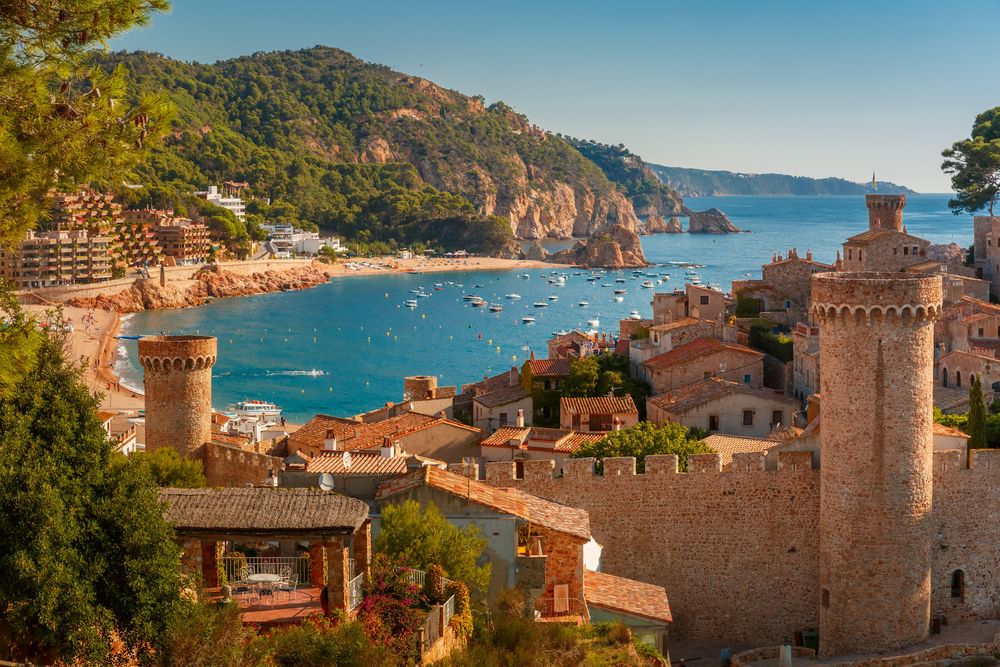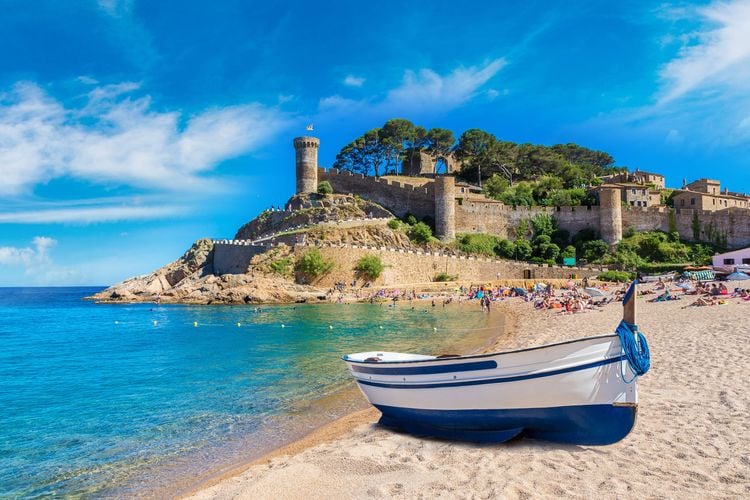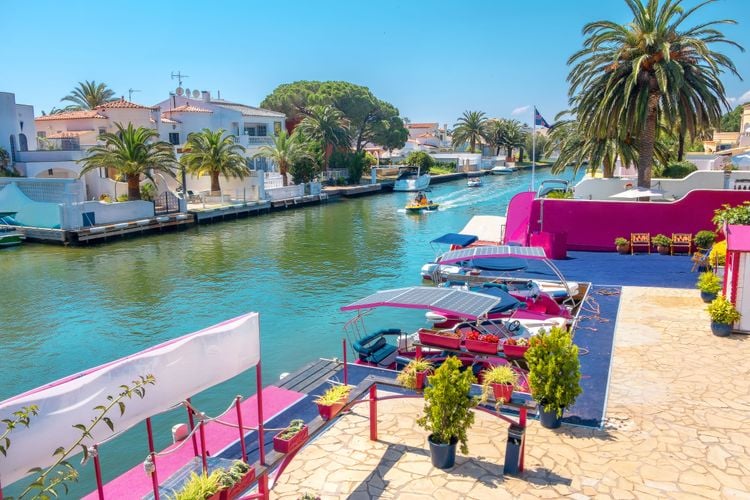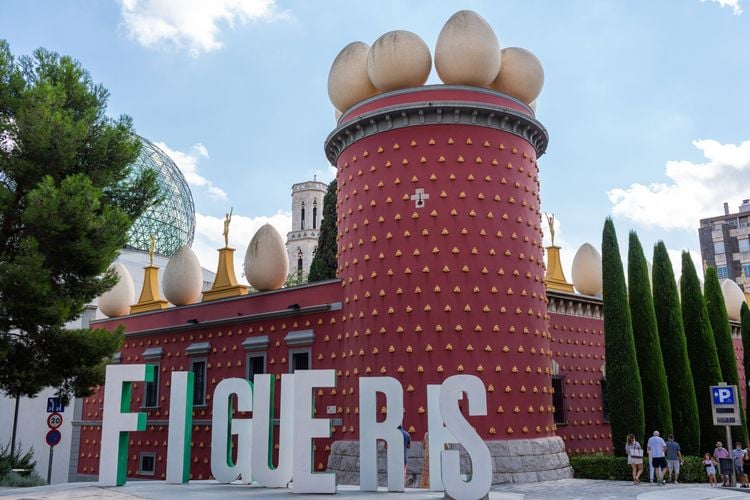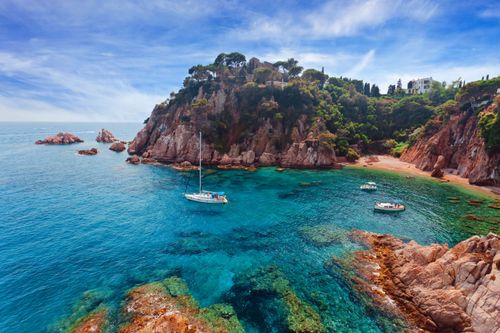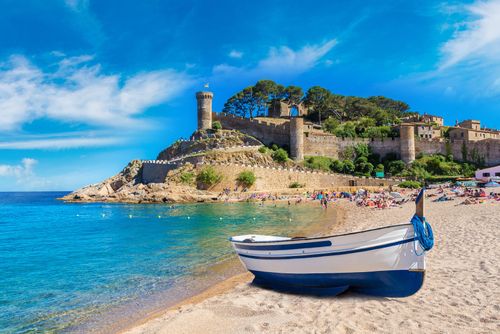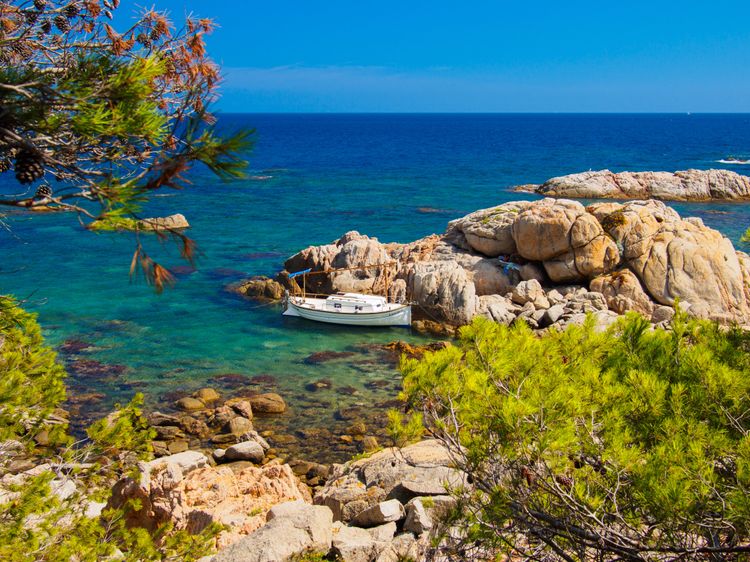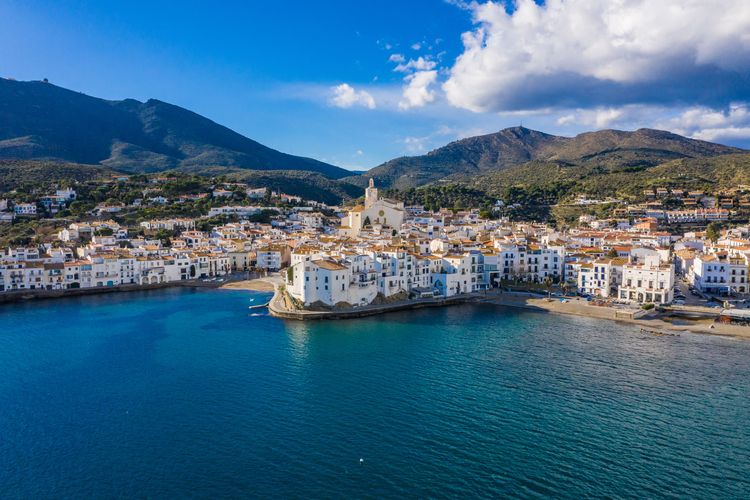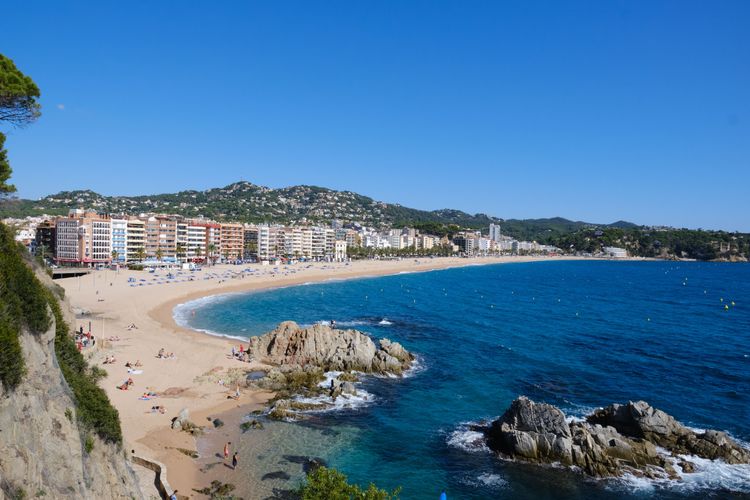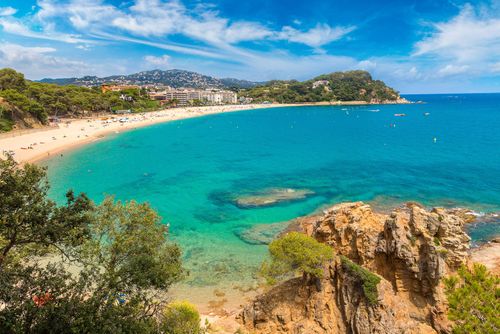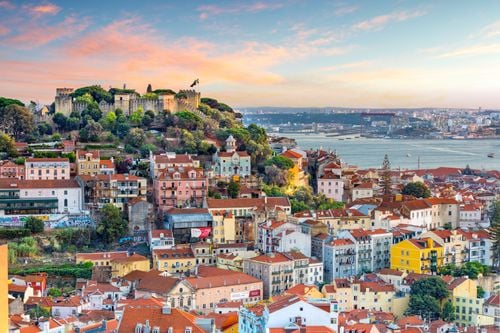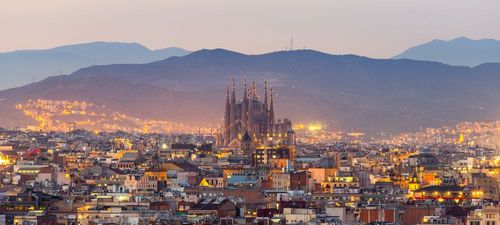When should you visit the Costa Brava?
- As is often the case with Mediterranean tourist destinations, summers are hot and lively, but also very crowded, with prices on the rise.
- Spring, from April-May, is a pleasant, calmer season, even if the sea is still cool. Ideal for outdoor activities.
- In autumn, from mid-September to October, the weather is mild and pleasant, and the summer madness subsides.
- In winter, the Costa Brava is a completely different place: worth a try, but beware of the possibility of bad weather and the many addresses that are closed.
How long should you spend on the Costa Brava?
At least a week, to give you time to relax and get into the swing of things.
What are the formalities?
None, we're in Spain, in the European Union and in the Schengen area: all you need is an identity card or passport.
Local transport:
By car, you'll have plenty of scope for exploring the Costa Brava: the roads are generally good.
If you don't have a car, you can make do with the local bus network, which is fairly comprehensive, and the trains run by RENFE, the Spanish rail company (Barcelona-Gerona-Figueres line in particular).
Costa Brava: what to eat?
Plenty! The local cuisine relies heavily on fresh vegetables such as tomatoes, aubergines and peppers, as well as bread, pasta, beans, pork, goat's cheese and many types of fish.
You should try gamba de Palamos (prawns), jamón ibérico (Iberian ham), mussels, manchego cheese, monkfish, sardines, berberechos (cockles) as an aperitif with a drizzle of wine vinegar, sars royal a la plancha (typical cooking method), tassergal, anchovies AOC and anchoïade, fideuà, which resembles paella but with noodles instead of rice, and of course crème catalane.
Costa Brava: where to eat?
Whether you're into fine dining or casual dining, you'll find plenty of options, from a host of renowned chefs to family-run restaurants and market fare.
El Celler de Can Roca, located in Girona, is a gourmet stop not to be missed: this 3-star MICHELIN restaurant is the best on the Costa Brava.
Costa Brava: what to bring back?
Capes, the typical pastries of Cadaquès, will delight gourmets, while good-quality Emporia wines are generally available at very affordable prices.
Anchovies from L'Escala and Rosas, with their registered designation of origin, and olives stuffed with anchovies are great Costa Brava specialities.
Vigatanes (pronounced 'bigatanes'), the Catalan espadrilles used to dance the traditional sardana, will delight fashion victims.
Things to avoid:
Criticising Catalan won't help you make friends. Don't be offended if the people you meet first speak to you in Catalan. It's the native language of the locals, so it's not surprising that they naturally express themselves in it.
Catalans are very proud of their language and want to practise it whenever they can. If you don't understand it, a simple "bon día" will do the trick: just being aware that Spanish can be an effort for them will put them in a good mood towards you.
Avoid telling them that you don't understand this particularity, as they will politely but firmly reply that Spanish is a language imposed on them by the state, whereas Catalan is the language of their ancestors. The animosities between Catalans and Spaniards (from Madrid or Andalusia) are still very much alive, so there's no need to fan the flames of conflict.
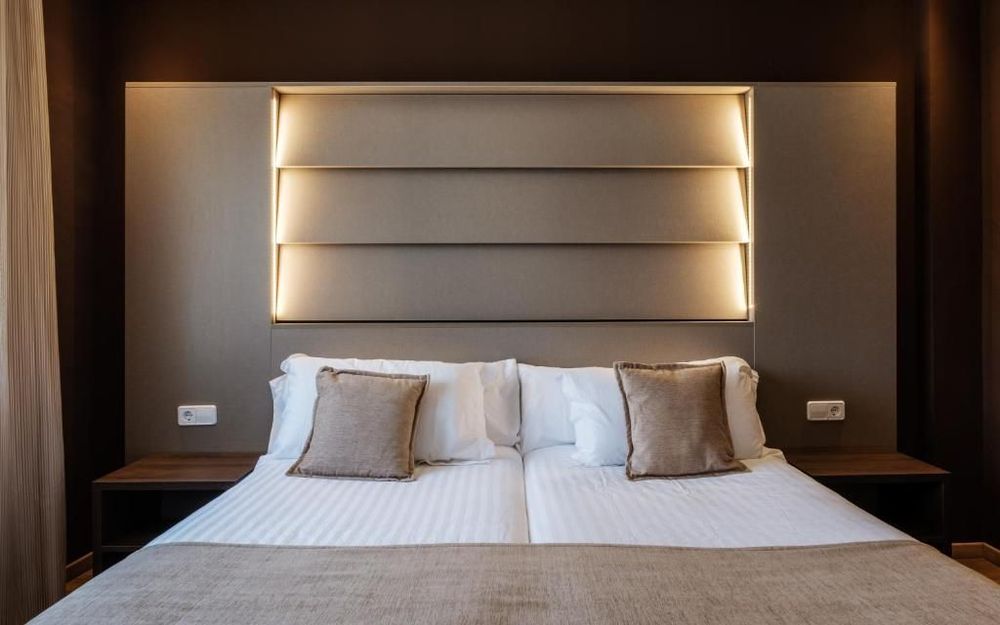 Costa Brava
Costa Brava
